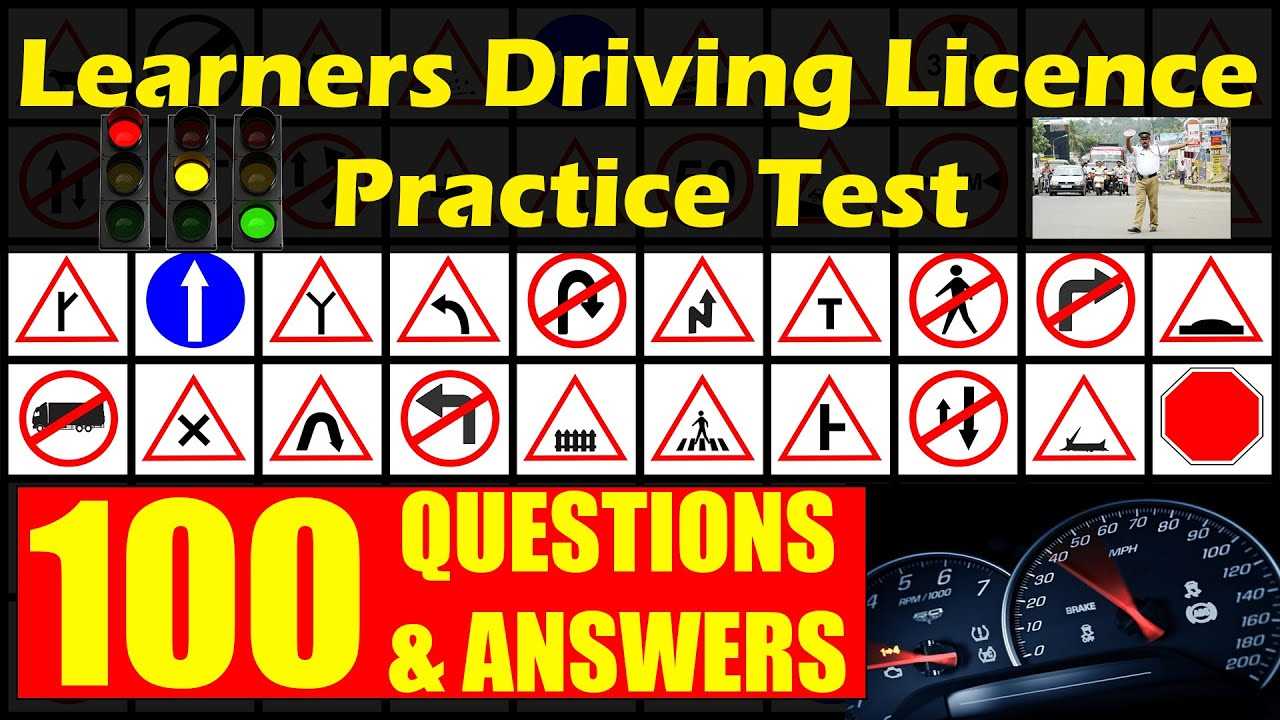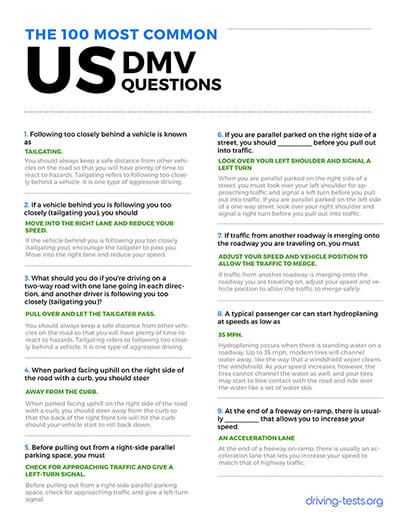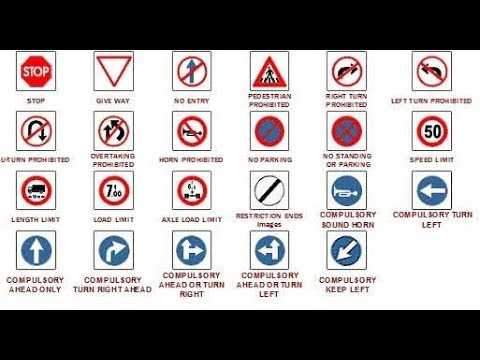
Focus on understanding traffic laws, road signs, and safe driving practices. This approach will help you pass the driving exam with confidence. Most questions test your knowledge of rules like speed limits, pedestrian rights, and the correct procedure when approaching intersections.
Study the most common types of questions: those related to vehicle control, accident prevention, and road safety. Answering them correctly means knowing when to signal, how to handle emergency situations, and the importance of keeping a safe distance from other vehicles.
Make sure to practice the theory test as often as possible. Going over a variety of questions will help you get familiar with the format and timing of the exam. The more questions you answer, the better prepared you’ll be to tackle the exam and demonstrate your understanding of the rules of the road.
Driving Exams Questions and Answers
Q: What should you do if you approach a traffic light that turns yellow while you’re driving?
A: Slow down and prepare to stop if it’s safe. If you’re too close to the intersection to stop safely, proceed with caution. Avoid speeding up to beat the light.
Q: How should you react when driving in adverse weather conditions like heavy rain?
A: Reduce your speed and increase your following distance. Use your headlights, but avoid high beams as they can reflect off the rain and reduce visibility.
Right of Way and Intersections
Q: Who has the right of way at a four-way stop?
A: The first vehicle to arrive at the intersection has the right of way. If two vehicles arrive at the same time, the vehicle on the right has priority.
Q: What should you do when turning left at an intersection with a green arrow?
A: Yield to any pedestrians and vehicles that may be in the intersection, even though you have a green arrow. Complete the turn when it’s safe.
Parking and Stopping
Q: Is it legal to park in front of a fire hydrant?
A: No, parking in front of a fire hydrant is illegal and can result in fines or your vehicle being towed.
Q: How far should you park from a railroad crossing?
A: You must park at least 15 feet away from a railroad crossing to allow enough space for trains to pass and avoid obstructing the tracks.
Understanding the Most Common Questions in Driving Tests

One of the most common questions in driving tests focuses on road signs. Be sure to familiarize yourself with the different types, such as regulatory, warning, and informational signs. For example, the speed limit signs indicate the maximum safe speed, while warning signs help you anticipate changes in the road or weather conditions ahead.
Another frequent question revolves around right-of-way rules. You must know who has the right-of-way at intersections, especially when turning or merging. For instance, when approaching a roundabout, vehicles already inside the roundabout generally have the right of way, unless otherwise indicated.
Questions about handling emergency situations are also common. These typically ask what steps to take when facing a potential accident or breakdown. Know the proper actions, like pulling over safely, turning on your hazard lights, and calling for help when necessary.
Test questions often address proper parking procedures. Understanding where and when you can park, as well as the rules for parallel parking, is key. Make sure you practice parking in various situations and know the regulations regarding spaces like handicapped spots or fire lanes.
Pedestrian safety is frequently tested. You must be able to recognize crosswalks and understand pedestrian signals. Stop for pedestrians at marked crosswalks and never block pedestrian pathways while waiting for traffic lights to change.
Finally, the correct use of turn signals and mirrors is another standard question. Always signal your intentions when changing lanes, turning, or merging. Adjust mirrors properly before driving to minimize blind spots and ensure you have full visibility around your vehicle.
How to Tackle Road Signs and Traffic Rules Questions

Study road signs and traffic rules in small, manageable sections. Break down categories such as warning signs, regulatory signs, and informational signs. Familiarizing yourself with these will help you quickly identify them during the exam.
Learn Sign Shapes and Colors

Pay attention to the shapes and colors of signs. For example, octagonal signs typically indicate stop, while blue circles usually suggest information. Associating a color with its meaning will speed up recognition and recall during the exam.
Understand Key Traffic Rules
Focus on the most common traffic rules, such as speed limits, right of way, and lane markings. Knowing what each rule means in different scenarios is essential to answering questions correctly.
Practice with real-life examples. Go through past exam questions and simulate test conditions to build confidence. Use practice tests to identify weak spots in your knowledge and focus on improving those areas.
When answering questions, eliminate the clearly wrong options first. This will increase your chances of selecting the correct answer by narrowing down your choices.
Lastly, trust your preparation. Consistent review and practical application of rules will prepare you for any challenge that appears on the exam.
Practical Tips for Passing the Driving Theory Test
Focus on understanding traffic signs and their meanings. Review a complete list of signs and signals, paying close attention to the less common ones that could appear on the test. Be able to identify them at a glance and know their exact function.
Study the Road Rules
- Study speed limits for different road types and situations.
- Know the right-of-way rules for intersections, pedestrian crossings, and roundabouts.
- Learn the specific rules for parking, stopping, and overtaking.
Practice with Mock Tests
Complete as many practice tests as you can. Mock exams help you get used to the question format and time constraints. Use online resources or apps designed for theory test preparation to simulate the test environment.
- Focus on timing. Practice completing each test within the allocated time.
- Review your answers carefully, especially the questions you got wrong, to understand your mistakes.
Learn from Mistakes
If you make a mistake on a practice test, don’t just move on. Spend time researching the correct answer and understanding why it’s right. This builds a stronger understanding and prevents future errors.
Stay Calm and Confident
- On the day of the test, take deep breaths and stay calm. Don’t rush through questions.
- If you’re unsure about an answer, eliminate obviously incorrect options to increase your chances of guessing correctly.